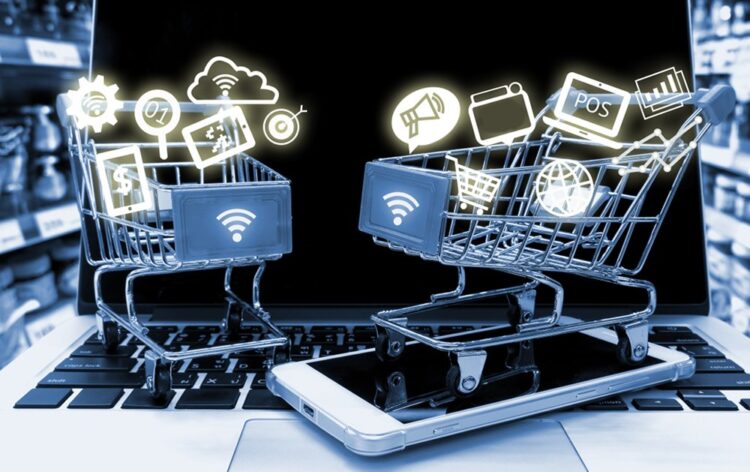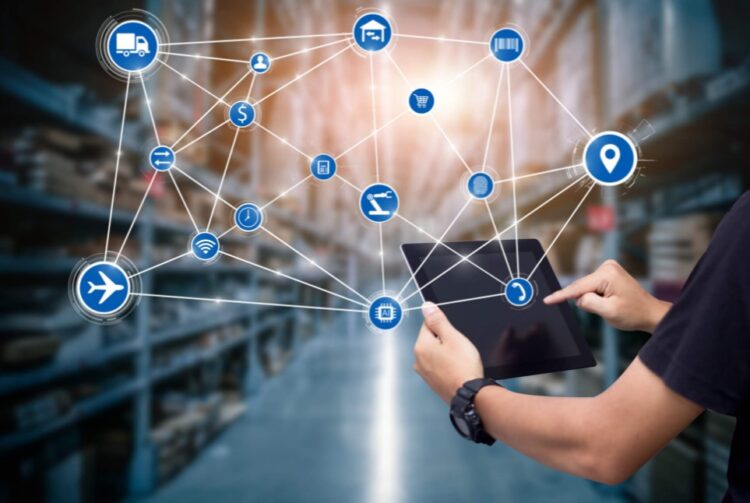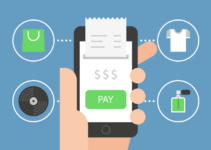A new year is officially here, which means businesses across all industries are looking ahead and strategizing. 2024 was a challenging year for the retail sector, and it’s leaving many companies wondering what’s next for them.
The following are some things to know about key retail trends in 2024.
Page Contents
Security Concerns
Security has been a big issue for businesses of all types, with a brick-and-mortar presence in 2024 and 2024. This is true not just in the United States but globally. From smash-and-grab to general upticks in theft from retail stores, it’s a necessary time perhaps to reconsider your larger retail security strategy for 2024, suggest titansecurityeurope.com
You can do this in various ways, from revamping the layout of your stores to hiring security guards. Even more of a challenge than dealing with security concerns on their own is that you’re going to have to find a way to make sure added security isn’t impeding the customer experience.
Implementing AI

Source: hekate.ai
Retailers are continuing to adopt AI in operations. It’s taken time for some retailers to catch on and bring AI from a concept to reality, but it’s becoming more common. There are so many ways retailers can use AI in how they do business. For example, there are guided discovery, inventory management, and customer engagement.
A personalized shopping experience is one of the more foundational ways to incorporate AI into a retail business. For example, estimates show around 91% of online users interact with chatbots daily, creating a new opportunity for retail-based businesses.
Other ways retailers can take advantage of new AI opportunities in 2024 include:
- Stores can move toward a cashier-less experience. During a major hiring crunch, this will have a multitude of benefits. When stores automate the checkout experience, it will help them save on operational expenses, and they’ll have fewer gaps to fill when it comes to hiring employees.
- It’s not just the checkout experience where AI may be relevant. The in-store experience can benefit from AI as well. For example, Kroger Edge technology eliminates paper price tags in all stores. Instead, smart shelf tags are being used. With this technology, there are video ads, promotions, and nutritional info on ads.
- AI can be used to automate price adjustments. Systems can collect information about sales figures, promotional activities, and other data to adjust prices automatically for optimization.
- Another interesting area of AI is visual search systems. With AI-powered visual search systems, customers can upload images and then find similar products.
- Virtual fitting rooms are a type of AI. Customers can save time and enjoy convenience. Some companies like Gap and Old Navy already use scanners in their stores that allow for virtual try-on.
Better Return Experiences
In the past, retailers didn’t necessarily put a lot of attention on customer returns. Returns were seen as a necessary evil rather than something to strategize about. Now, returns are part of the customer experience. You want to make sure that you’re offering a variety of ways for people to return items that don’t work for them.
We’re increasingly finding that returns directly influence customer buying decisions. Research shows online consumers report not buying items because of a fear of returns. Businesses can put resources into streamlining the returns experience for customers, as well as simplifying refund issuance.
Social Commerce

Source: doofinder.com
Instagram Shopping is really the king of all social commerce right now. Consumers are making purchases directly within the app. As a retailer, you want to make your products easily discoverable on the social platform. You can highlight your products and allow people to shop right at the moment of discovery.
As a retailer, you can also use social commerce to personalize the shopping experience. If you facilitate checking out on Instagram, then you’re giving your customers a full start-to-finish social commerce experience. You can also get key insights and data from social platforms, such as feedback, and you can directly interact with customers or would-be customers.
Experience-Related Shopping
If you want to compete with online shopping, there are a few limited ways you can do so. Things like convenience are probably tough to compete with compared to online retailers. What you can do is create an in-store experience.
The TJ Maxx brand of stores is really good at offering this in-person experience. Their marketing centers around the idea that when you come into their stores, you’re going to find one-of-a-kind items, and it’s the thrill of the hunt that sets them apart.
Contending with Continuing Supply Chain Issues

Source: completecontroller.com
The retail supply chain was certainly not prepared to deal with the pandemic and all the effects it had going forward. There are major shifts in production and shipping times, which means inventory gaps for retailers across industries and of all sizes. Some analysts say retailers should expect this will continue until at least the summer of this year, and others say supply chain issues will persist into 2024.
If you’re in the retail business, you’ll have to be smart and strategic about how you control and monitor your inventory. Automating as much of this as you can is helpful so that you’ll be able to get notifications and move stock between warehouses and locations when needed. You might also want to pivot away from only selling physical goods and make a shift to also selling services.
Getting Creative with Hiring
Finally, we talked about hiring above within the context of automation, but it’s set to have other implications in the retail industry. Experts are calling what we’re experiencing right now the Great Resignation.”
The takeaway from this is that employees are demanding better overall conditions both to get them in the door and retain them. Big box retailers are taking heed and are doing things like raising hourly pay and providing non-traditional benefits. For example, Macy’s recently announced it would be raising the minimum wage for both new and current employees to $15 an hour throughout the country.





